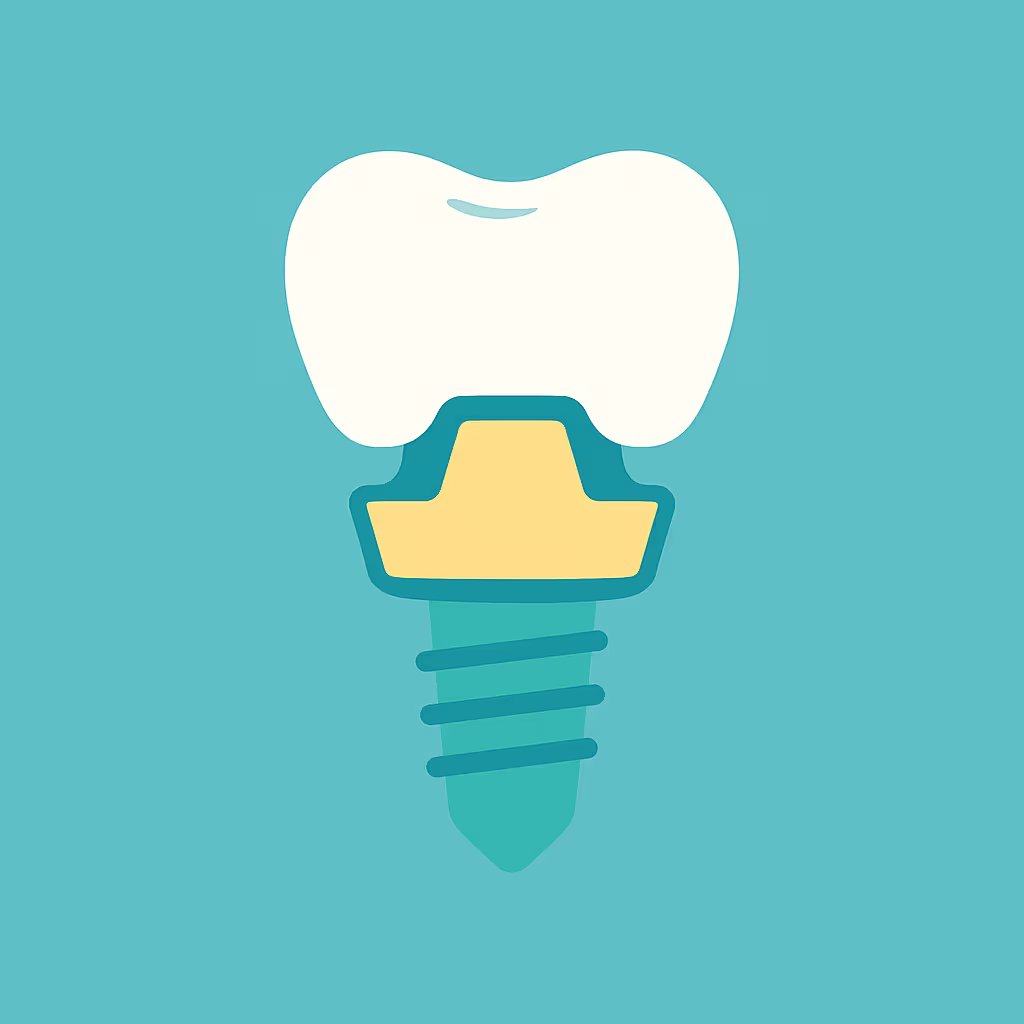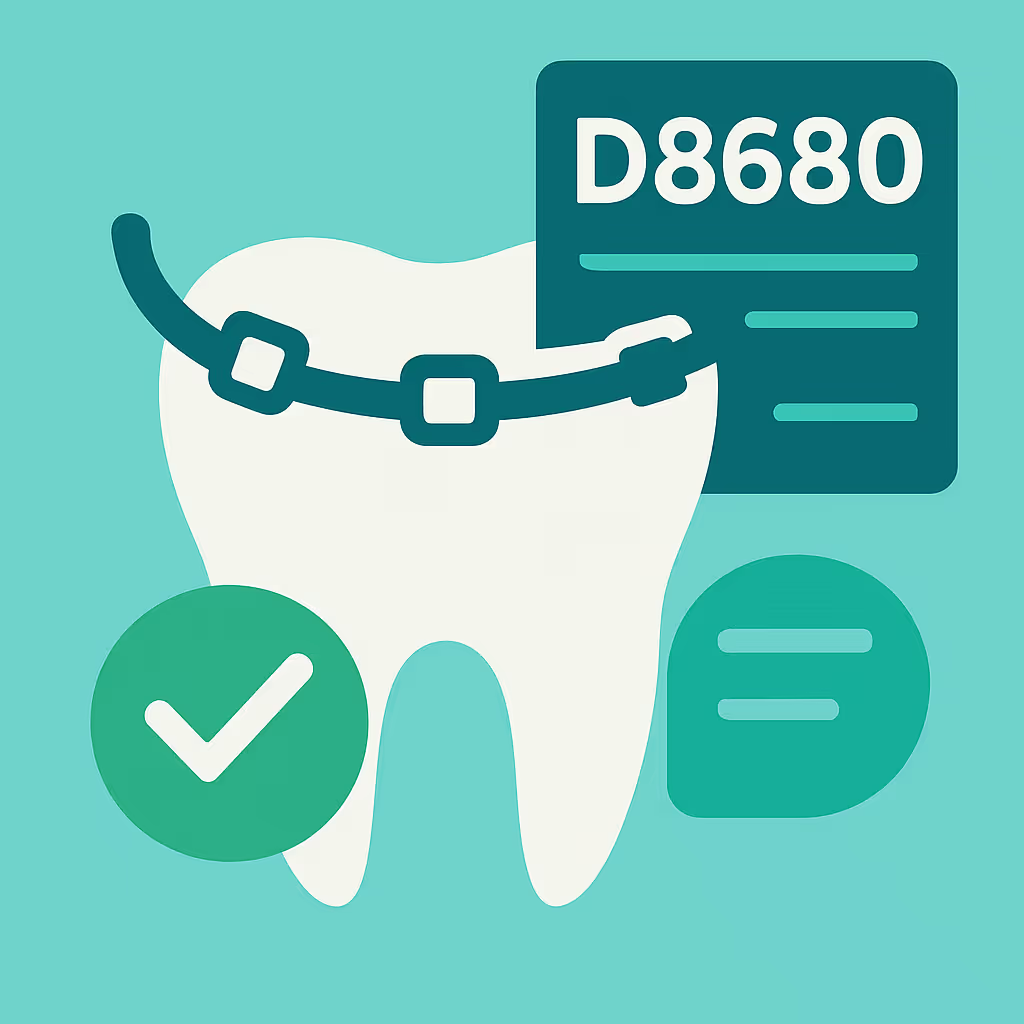Understanding Dental Code D6780
When to Use D6780 dental code
The D6780 dental code refers to a retainer crown—specifically, an indirect fabricated crown used as part of a fixed partial denture (FPD) or bridge. This code is appropriate when a tooth is serving as an abutment (support) for a bridge and requires a full-coverage restoration. Unlike single-unit crowns, D6780 is billed only when the crown is part of a multi-unit prosthesis, not for standalone crowns. Proper use of this code ensures accurate claim processing and reimbursement for the additional complexity involved in retainer crowns versus conventional crowns.
Documentation and Clinical Scenarios
Accurate documentation is essential when submitting claims for D6780. Clinical notes should clearly indicate:
- The tooth number serving as the abutment
- The presence of adjacent edentulous spaces requiring a bridge
- Pre-operative and post-operative radiographs showing the need for a retainer crown
- Detailed charting of the bridge design and materials used
Common clinical scenarios include replacing a missing tooth with a three-unit bridge, where the two adjacent teeth receive retainer crowns (D6780) and the pontic is billed under its respective code. Always ensure your documentation supports the necessity of the retainer crown as part of the fixed prosthesis.
Insurance Billing Tips
To maximize claim acceptance and minimize denials for D6780, follow these best practices:
- Insurance Verification: Before treatment, verify the patient’s coverage for fixed prosthodontics, frequency limitations, and replacement clauses.
- Pre-Authorization: Submit a pre-authorization with supporting documentation (radiographs, chart notes, and treatment plan) to confirm coverage and reduce surprises.
- Claim Submission: Clearly indicate the tooth numbers, bridge span, and use the correct CDT codes for all components (e.g., retainer crown, pontic, and opposing retainer if applicable).
- Explanation of Benefits (EOB) Review: Carefully review EOBs for bundling or downgrades. If the claim is denied or underpaid, prepare a detailed appeal with clinical justification and supporting records.
- Accounts Receivable (AR) Follow-Up: Track outstanding claims and follow up promptly to resolve any issues, ensuring timely reimbursement.
Example Case for D6780
Consider a patient missing tooth #30. The dentist recommends a three-unit bridge from tooth #29 to #31. Both #29 and #31 require retainer crowns, billed as D6780. The pontic replacing #30 is billed under its respective code (pontic code). The clinical notes detail the edentulous space, abutment selection, and bridge design. Radiographs and intraoral photos are included with the claim. Insurance is pre-verified, and a pre-authorization is obtained. After treatment, the claim is submitted with all supporting documentation. The EOB is reviewed, and payment is posted accurately to the patient’s account. If any part of the claim is denied, the office prepares a thorough appeal with additional clinical evidence.





